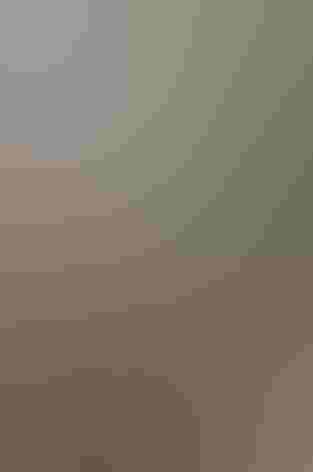White-breasted Nuthatch
At a Glance
Readily attracted to bird feeders for sunflower seeds or suet, the White-breasted Nuthatch may spend much of its time industriously carrying seeds away to hide them in crevices. Its nasal calls are typical and familiar sounds of winter mornings in deciduous woods over much of North America.
All bird guide text and rangemaps adapted from Lives of North American Birds by Kenn Kaufman© 1996, used by permission of Houghton Mifflin Harcourt Publishing Company. All rights reserved.
Category
Nuthatches, Tree-clinging Birds
IUCN Status
Least Concern
Habitat
Arroyos and Canyons, Forests and Woodlands, High Mountains, Urban and Suburban Habitats
Region
California, Eastern Canada, Florida, Great Lakes, Mid Atlantic, New England, Northwest, Plains, Rocky Mountains, Southeast, Southwest, Texas, Western Canada
Behavior
Flitter, Undulating
Population
10.000.000
Range & Identification
Migration & Range Maps
Usually a permanent resident. In occasional years, numbers may move south in the western and northern parts of the range, in an unexplained irruptive movement; this is far less frequent and less pronounced than in the Red-breasted Nuthatch.
Description
5-6" (13-15 cm). Chunky and short-tailed, with thin bill. Beady black eye is conspicuous against white face and chest, set off by narrow dark crown stripe (black on males, often gray on females). Can show much orange-brown on lower belly.
Size
About the size of a Sparrow
Color
Black, Gray, White
Wing Shape
Rounded
Tail Shape
Rounded, Short, Square-tipped
Songs and Calls
A nasal yank-yank. Song a series of low whistled notes.
Call Pattern
Flat, Rising
Call Type
Chirp/Chip, Raucous, Scream
Habitat
Forests, woodlots, groves, shade trees. Typically in mature deciduous forest, also in mixed forest with some conifers; rarely found in pure coniferous forest. Often favors woodland edge, along rivers, roads, clearings; may be in suburbs or parks as long as large trees are present.
Sign up for Audubon's newsletter to learn more about birds like the White-breasted Nuthatch
Behavior
Eggs
5-9, rarely 10. White, spotted with reddish-brown. Female incubates, is fed on nest by male. Incubation period 12-14 days.
Young
Both parents feed young. Age when young leave nest uncertain, or perhaps quite variable; reported as 14-26 days. 1 brood per year.
Feeding Behavior
Forages mainly on trunk and larger limbs of trees, climbing about and exploring all surfaces. Sometimes feeds on ground. During fall and winter, regularly caches food items in bark crevices on territory.
Diet
Mostly insects, also seeds. Eats mostly insects (and spiders) during summer, supplementing these with seeds in winter. Proportion of seeds in diet may vary from zero in summer to more than 60% in winter. Will also feed on suet and peanut-butter mixtures at feeders. Young are fed entirely on insects and spiders.
Nesting
Pairs remain together on nesting territory all year, may mate for life. Courtship behavior begins by late winter. In courtship display, male raises head, spreads tail, droops wings, sways back and forth, and bows deeply. Male also performs much courtship feeding of female. Nest site is large natural cavity or old woodpecker hole, usually 15-60' above ground; may rarely use birdhouses; may sometimes excavate own nest cavity. Female builds nest in cavity, a simple cup of bark fibers, grasses, twigs, hair. Adults may spend minutes at a time sweeping the outside and inside of nest with a crushed insect held in bill; chemical secretions of insects may help repel predators. Also sometimes adds mud to rim of nest entrance.
Conservation
Conservation Status
Widespread and common, with numbers stable or possibly increasing.
Climate Threats Facing the White-breasted Nuthatch
Choose a temperature scenario below to see which threats will affect this species as warming increases. The same climate change-driven threats that put birds at risk will affect other wildlife and people, too.











